Rising Demand for Biopharmaceuticals
The live cell-encapsulation market is experiencing a notable surge in demand due to the increasing need for biopharmaceuticals in the GCC region. As healthcare systems evolve, there is a growing emphasis on innovative therapies that utilize live cells for drug delivery and regenerative medicine. This trend is supported by the GCC's strategic investments in biotechnology, which are projected to reach approximately $2 billion by 2026. The live cell-encapsulation market is poised to benefit from this shift, as encapsulated cells can enhance the efficacy and safety of biopharmaceutical products, thereby attracting significant attention from pharmaceutical companies.
Rising Awareness of Cell-Based Therapies
There is an increasing awareness of the benefits of cell-based therapies among healthcare professionals and patients in the GCC, which is positively impacting the live cell-encapsulation market. As educational initiatives and clinical trials highlight the efficacy of these therapies, more stakeholders are recognizing the potential of encapsulated live cells in treating various diseases. This heightened awareness is likely to drive demand for encapsulation technologies, as they offer a viable solution for enhancing the stability and delivery of therapeutic cells. The live cell-encapsulation market is expected to expand as more healthcare providers integrate these therapies into their treatment protocols.
Increasing Focus on Personalized Medicine
The live cell-encapsulation market is significantly influenced by the rising focus on personalized medicine within the GCC. As healthcare providers aim to tailor treatments to individual patient needs, the demand for innovative solutions that utilize live cells is increasing. Encapsulated cells can be engineered to deliver targeted therapies, enhancing treatment outcomes. This trend aligns with the GCC's healthcare vision, which emphasizes personalized approaches to patient care. The live cell-encapsulation market is likely to see substantial growth as healthcare systems adopt these advanced methodologies, potentially leading to a market valuation exceeding $1 billion by 2030.
Growing Investment in Regenerative Medicine
Investment in regenerative medicine is a key driver for the live cell-encapsulation market. The GCC region is witnessing a surge in funding for research and development in this field, with governments and private sectors allocating resources to advance regenerative therapies. This influx of capital is fostering innovation in cell encapsulation technologies, which are essential for the successful application of regenerative medicine. The live cell-encapsulation market stands to gain from these investments, as encapsulated cells play a critical role in tissue repair and regeneration, potentially transforming treatment paradigms in the region.
Advancements in Cell Encapsulation Technologies
Technological innovations in cell encapsulation methods are driving growth in the live cell-encapsulation market. Recent developments in materials science and microencapsulation techniques have led to improved viability and functionality of encapsulated cells. For instance, the introduction of biocompatible polymers and advanced microfluidics has enhanced the precision of cell encapsulation processes. This evolution is crucial for applications in drug delivery and tissue engineering, where the live cell-encapsulation market is expected to expand. The market is projected to grow at a CAGR of 15% from 2025 to 2030, indicating a robust future driven by these technological advancements.


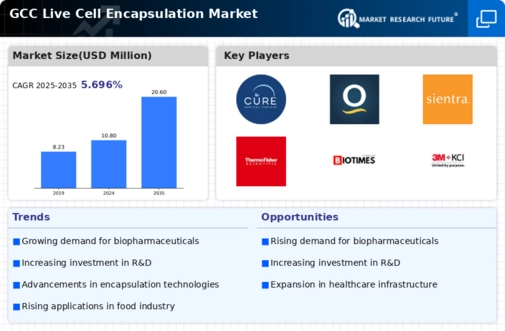
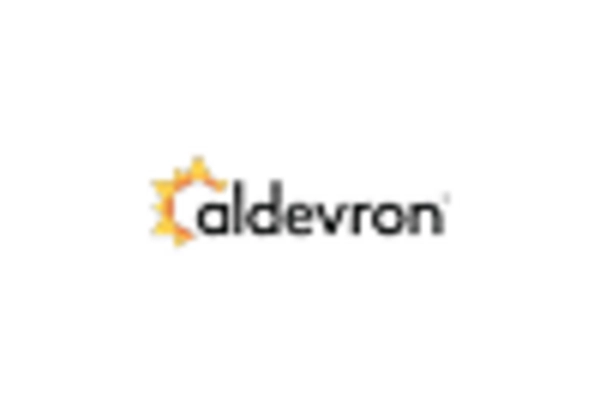
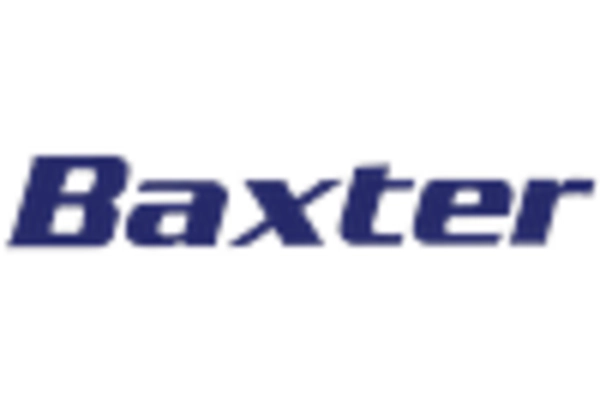

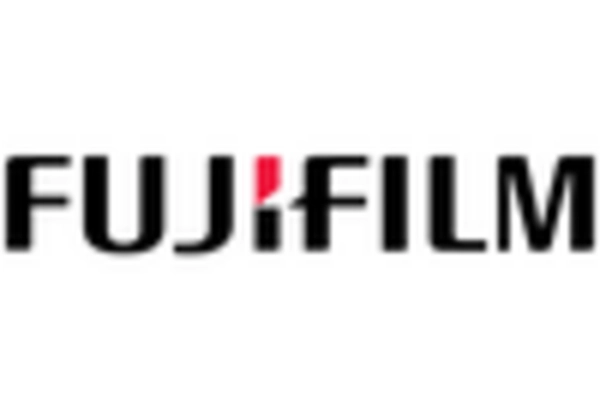
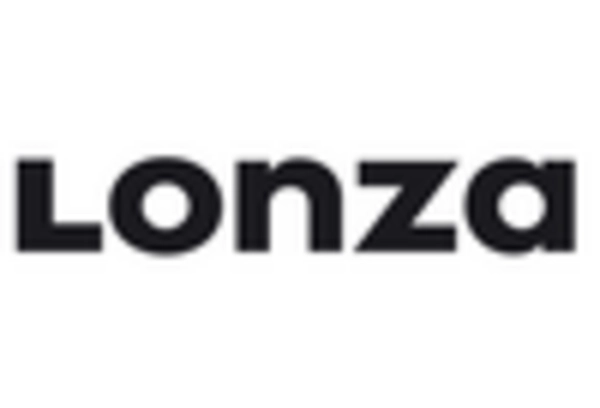
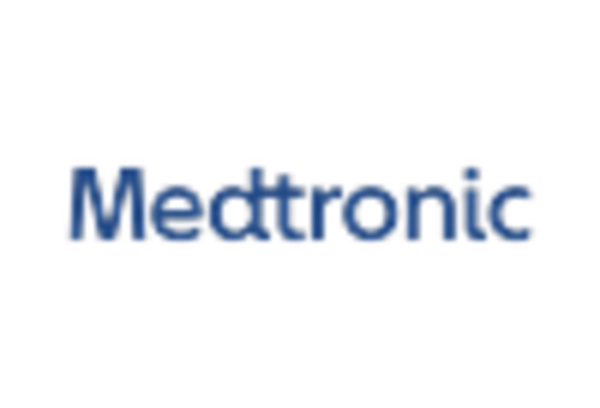








Leave a Comment